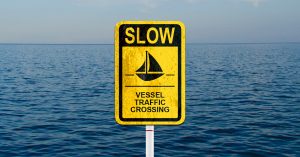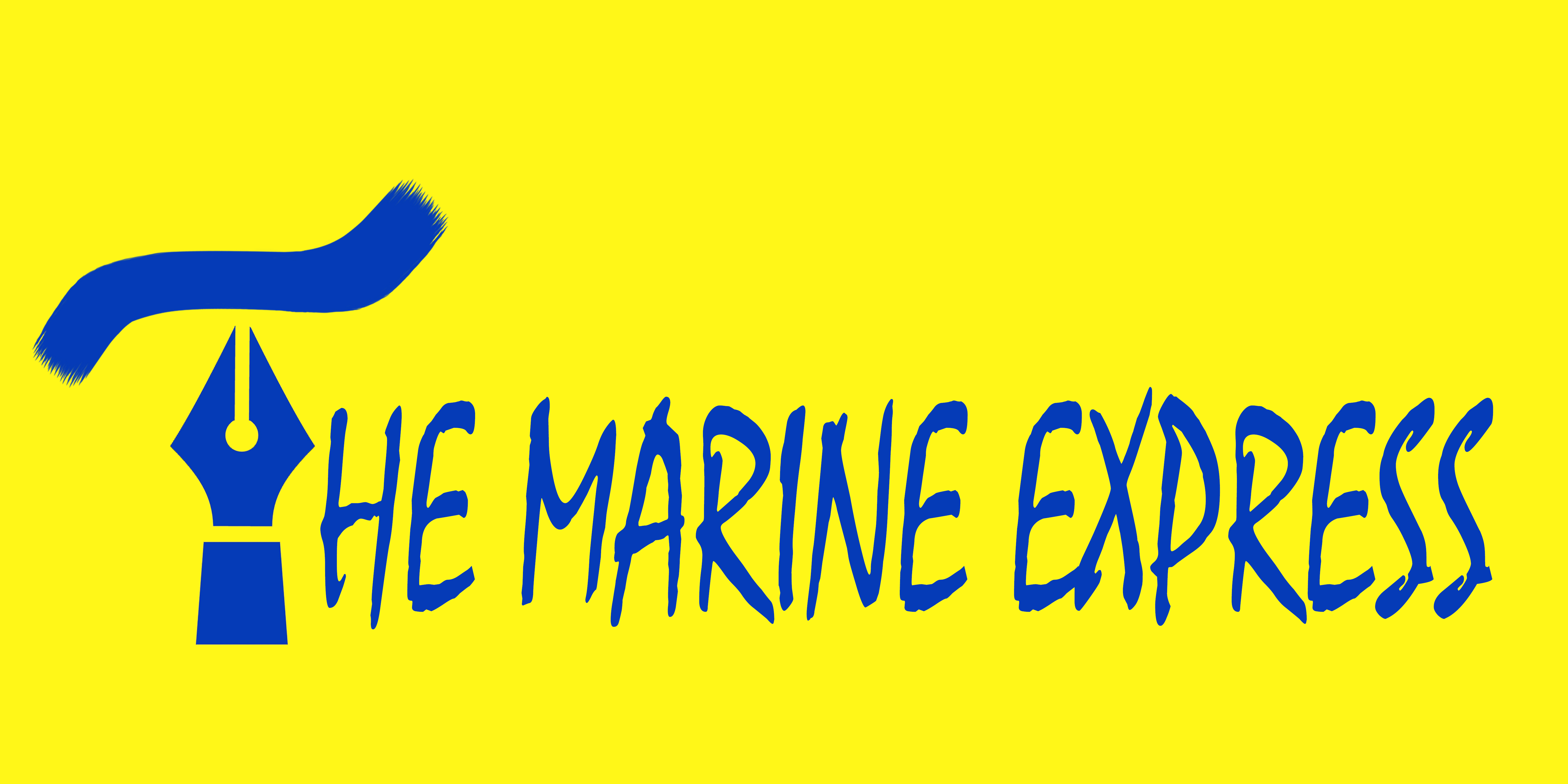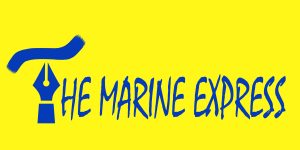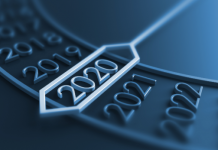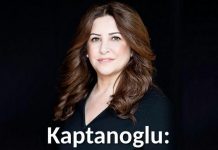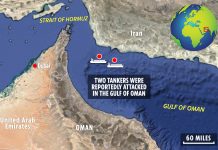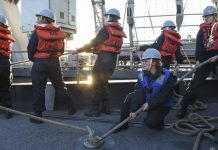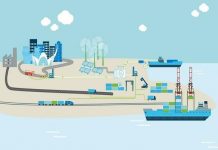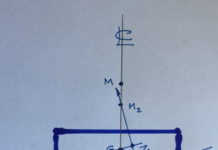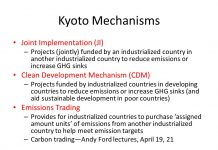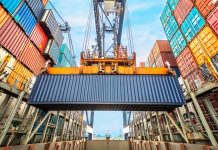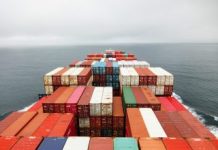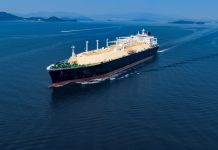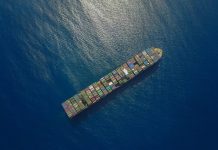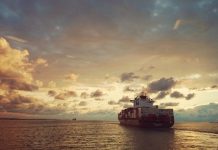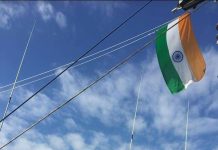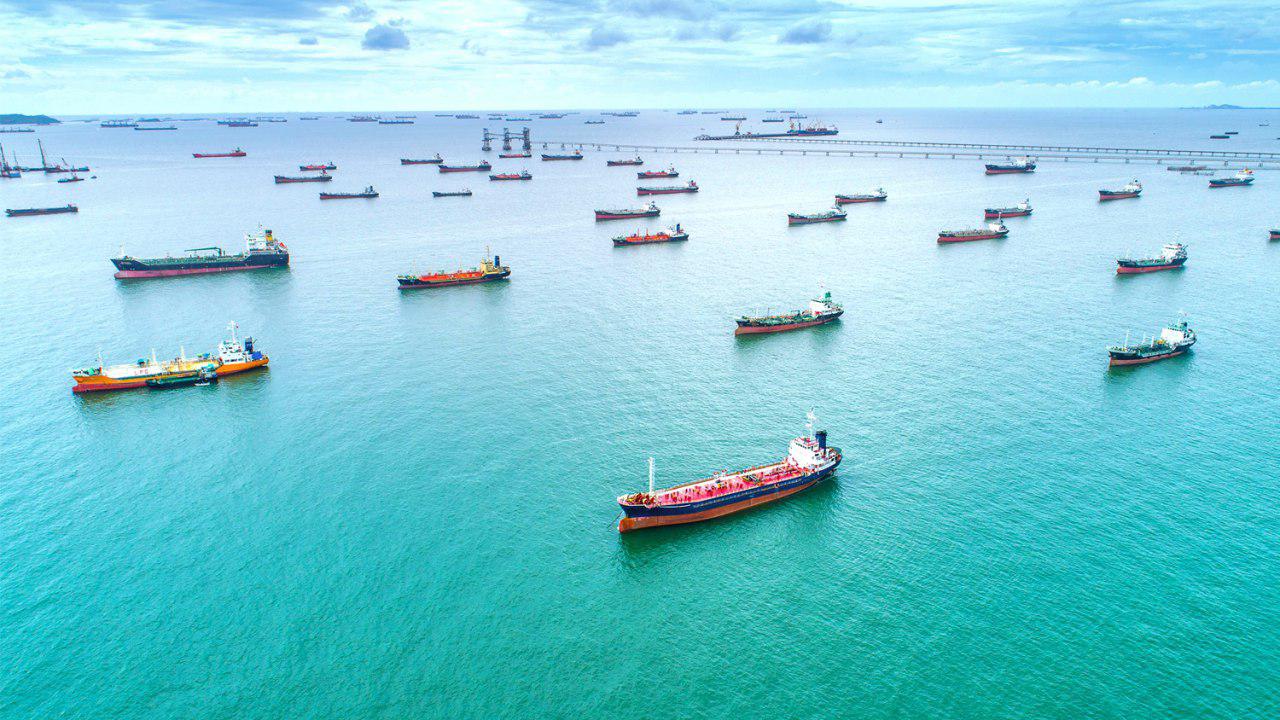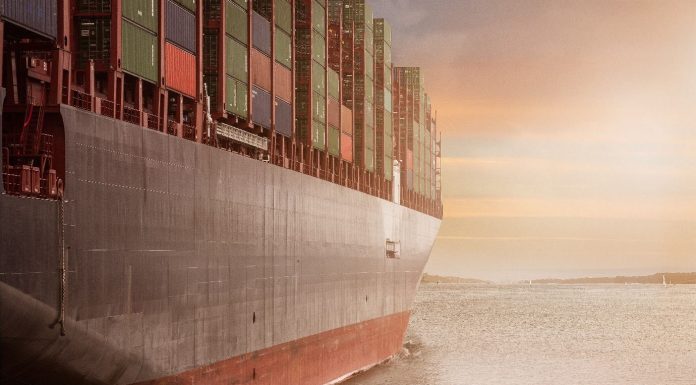Sea Traffic Management connects and updates the marine world in real time, with detailed information to be exchanged. Through data exchange within opted parties such as ships, various service providers and the shipping companies. STM (Sea Traffic Management) is creating a new paradigm for maritime information to be shared offering tomorrow´s digital infrastructure for shipping.
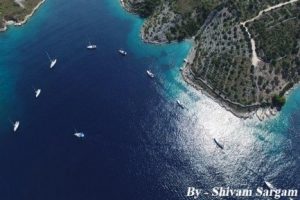 Although the AIS (Automatic Identification System) gives every vessel the means to track different vessels. It fails in giving the details of the traffic as a whole. The information related to the traffic of vessels at the port is not provided to the forthcoming or anchored ships. The management of the timing for the ships would be easy once this is formulated and practised by various ports and vessels.
Although the AIS (Automatic Identification System) gives every vessel the means to track different vessels. It fails in giving the details of the traffic as a whole. The information related to the traffic of vessels at the port is not provided to the forthcoming or anchored ships. The management of the timing for the ships would be easy once this is formulated and practised by various ports and vessels.
The STM seeks to create an organized traffic management entity called Sea Traffic Coordination Centre (STCC) that will act as a centralised hub maintaining a transcript for all vessels at sea using the AIS or radar, enabling the allocation of routes between ship to ship and ship to shore or ship to port. The STCC together with the AIS or radar allows:
- Route plans with respect to weather and geospatial constraints or vessel-related requirements can be promptly generated.
- Planned routes to be accordingly followed, allocating appropriate actions to be carried out for the vessel stray off-course.
- Collisions to be prevented as allocation of vessel coordinates along the routes to be modified with ease.
- Ships can be offered pilot assistance in crucial-to-maneuver areas or whenever desired by the captain.
- Captains are able to make experienced navigation decisions in immensely trafficked water as information of the environment around is readily delivered throughout the network.
IMO over STM
The IMO Secretary General Kitack Lim was very specific in his speech at the STM Validation Project Final Conference at the International Maritime Organization, IMO, in London November 13-14. “STM goes hand in hand with the IMO objectives, and I encourage the STM Validation project to submit its results to IMO at the next possible committee meeting.”
Various guests marked their presence at the conference, namely Professor Kurt Bodewig, the EU coordinator for the Motorways of the Seas, Jaroslav Kotowski, Senior Project Manager of INEA, the executive agency of the EU. “STM is a pillar in the European marine strategy”. Professor Bodewig emphasized that Motorways of the Seas should improve Short Sea Shipping and integrate even more with the land-based corridors. Multi-modal integration where ports and information sharing are important. This is a perfect fit with STM-enabled services and solutions. Professor Bodewig concluded “The EU has invested 20 million euro in the STM Validation project and it is a good investment.”
The participation in the conference was more than 350 people. Top level project consequences were presented and discussed in panels aiming on safety, efficiency and environmental aspects. The representatives were really hooked in how shipping can contribute to reduction of the greenhouse gas emissions in order to stop global warming. The STM results presented, pointed out high saving potential for all ships based on operational efficiencies due to better information sharing between ships and ports. This would be an extensive contribution in reaching the IMO goals of reducing CO2 with 50% by 2050.
PERKS OF STM
The Sea Traffic Management provides more just in time arrivals, right steaming, reduce administrative burden and decreased risk related to human factors. The services by STM enables the respected vessels to be able to deduce the intentions of other vessels. The information of the ports and the overall system helps in deduction of the fuel charges and various services.
Route optimization services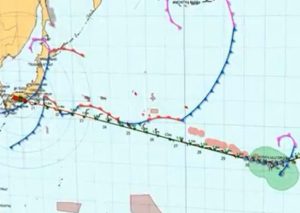
The route optimization tools will be different in nature with a common aim to provide data for the navigator on board. The STM concept will provide the ways to get the ships route optimised from different service providers. The STM has different focus including best route regarding; the weather forecast, surface currents, fuel consumption, no-go areas regarding draft, areas with sensitive nature, conflicts with other ships routes etc.
Ship to ship route exchange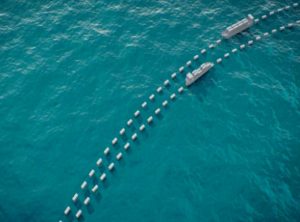
The introduction of route exchange, ship-to-ship, will provide the intentions of other ships. It will solely introduce a new tool which helps the Officer On Watch to plan ahead. Foreseeing upcoming dangerous situations & reducing route detours due to traffic conditions. The route exchange is used to avoid close quarter situations; e.g. TCPA 15 minutes, no changes in the route or voyage plan.
Enhanced Monitoring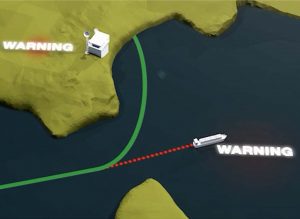
Enhanced monitoring will be backed by adding route information and a more detailed service provided than the present VTS; shore centres will keep a track of schedule whether ship deviates from planned route or not. Thus shore centres can monitor that ships are following their planned route and also foresee possible dangerous situations and suggest route modifications as per the traffic or other impeding conditions.
Port call synchronization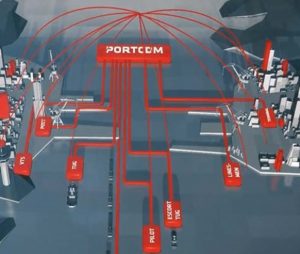
Port Collaborative Decision Making (PortCDM) will provide a basis for collaboration between key actors within the port and towards its surroundings based on shared situational awareness enabling increased predictability. To enable on-time arrival arrivals of ships, on-time arrival operations and further on-time arrival integration to enable improved resource utilization for all involved port actors and optimized operations.
Winter Navigation 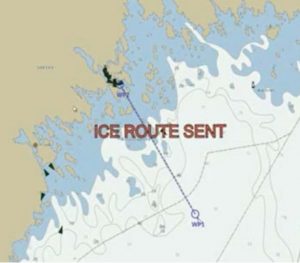
Information relating best route, waiting positions, plans for assistance, position in convoy, time for departures from port is essential for the Icebreaking services. The data should preferably be transmitted directly to ships navigation system. Introducing route exchange will give both Icebreaker services and assisted ships better information in more automated procedures leading to reduction in workload and risks for misunderstandings.
Area Management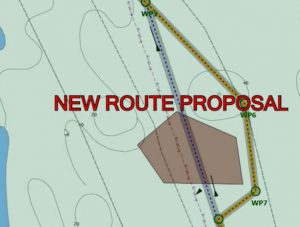
An introduction to Maritime Spatial Planning tool into the marine sphere will give a more graphical view on areas where ships are not allowed to pass. For e.g. whale nursery areas, military exercises or SAR operations. The areas should be linked with a date attribute so that they vanish when they are outdated.
Automated Reporting
By creating Automated reporting the workload on board and ashore is reduced, else it may be a time-consuming affair. This can be possible by combining relevant information created in the STM project such as, in the PortCDM activity, Port Call message and voyage exchange information with existing data from NSW and vessel databases.
Route Cross-check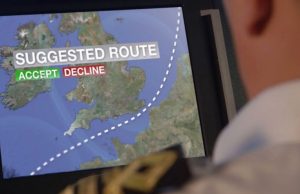
The allocated voyage plan is sent to a shore based service provider for cross-checking. The aim is to updated regional area data that could affect ships voyage plan. The cross-checking can be carried out before the vessels departs or arrives at a certain geographical area. The cross-check can include, but is not limited to, Under Keel Clearance (UKC), air draught, no violation of no-go areas. MSI and compliance with mandatory routeing. No optimization service as such is comprised in the route validation.
Flow Management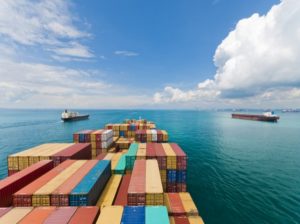
A shore-based operator performs flow optimization through information from ships, within a defined sea area using an improved traffic image, existing AIS targets, radar targets and with the planned routes for the STM compliant ships. As a part of the route schedule, the operator has access to the ship’s estimated time of arrival (ETA) to some key point, denoted Flow point (FPT). As per the data, the operator is constantly assessing the overall maritime traffic. If a developing traffic situation is identified, the operator can recommend a new ETA for the FPT in order to resolve the situation at an initial stage.
PURPOSE BEHIND STM
The objective of Sea Traffic Management is to create a safer, more efficient and environmentally friendly maritime sector. The objective for full deployment of STM by near 2030 in relation to the year 2015 is following.
Safety: Nearly 50% of reduction in the accidents.
Efficiency: 10% reduction in the voyage costs and 30% reduction in waiting time for berthing.
Environment: Nearly, 7% lower fuel consumption and & 7% lower greenhouse gas emissions.
APPLICATION OF STM
The concept that is somewhat inspired by the European programme for Air Traffic Management has a plan for how STM will be implemented up till the year 2030. Sea Traffic Management reduces risks and makes the maritime transport chain more efficient.
The beneficiaries are various shipping players of the industry such as cargo owners, ports actors, bridge officers, service providers, ship owners, and authorities.
